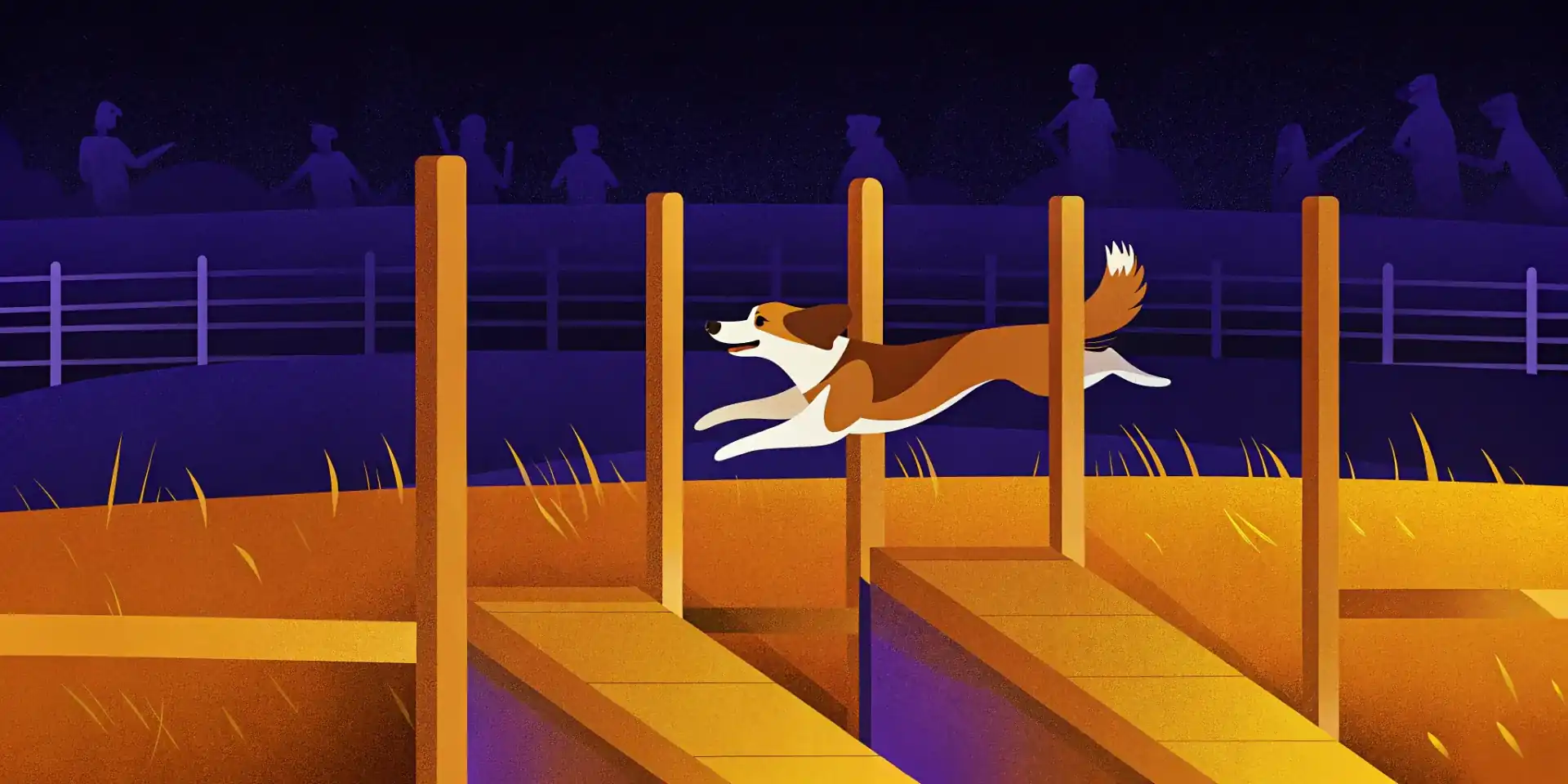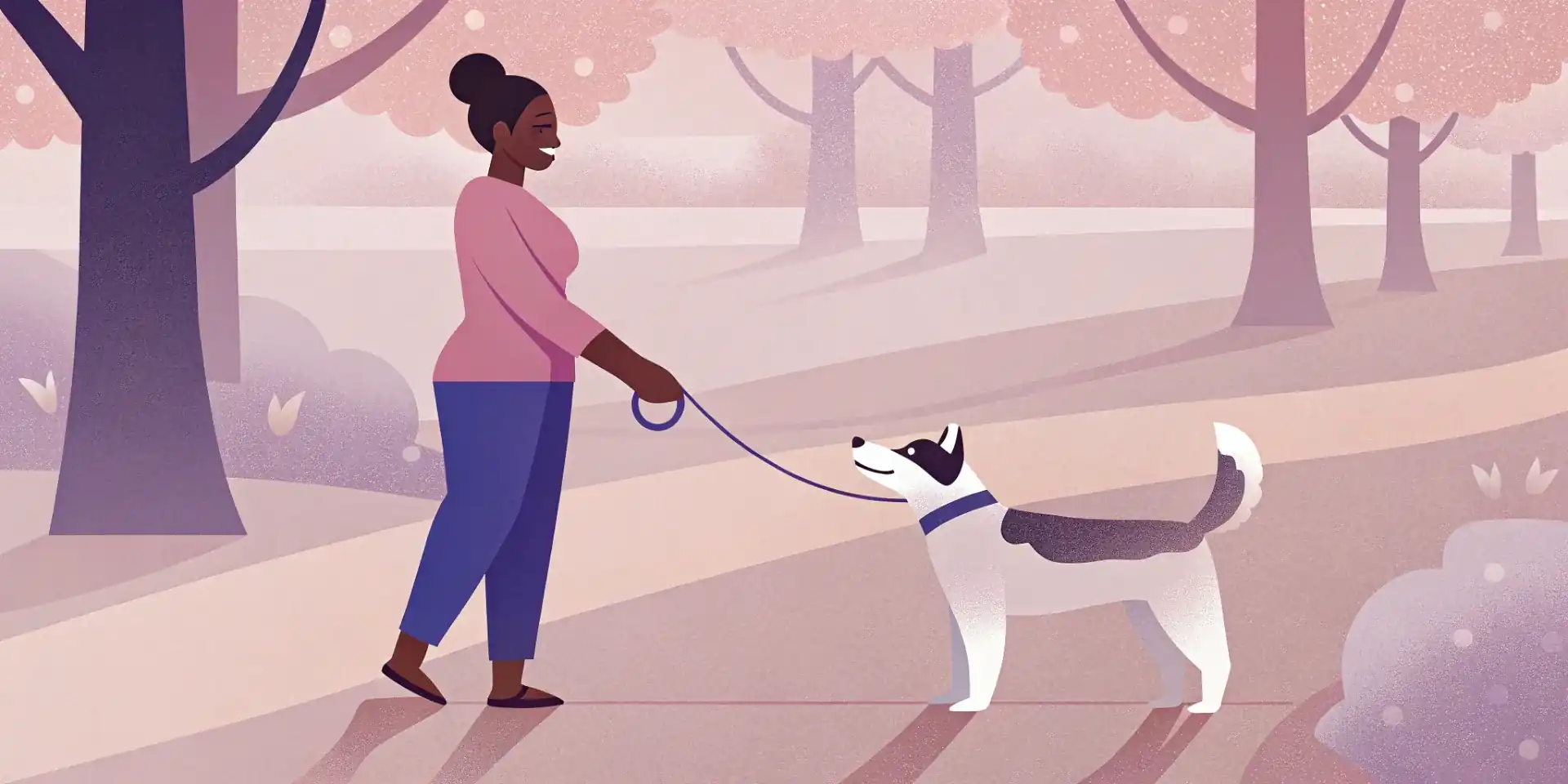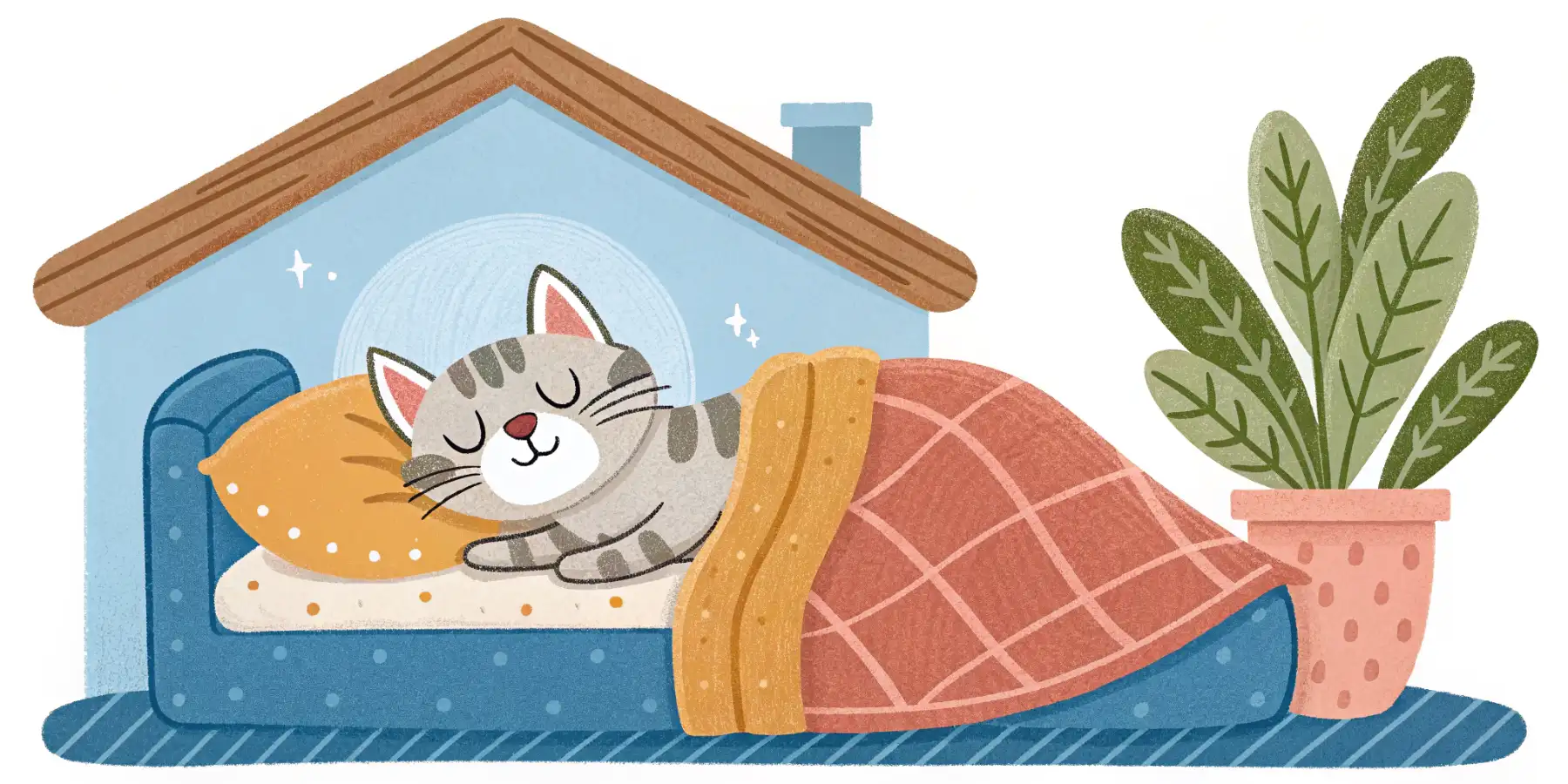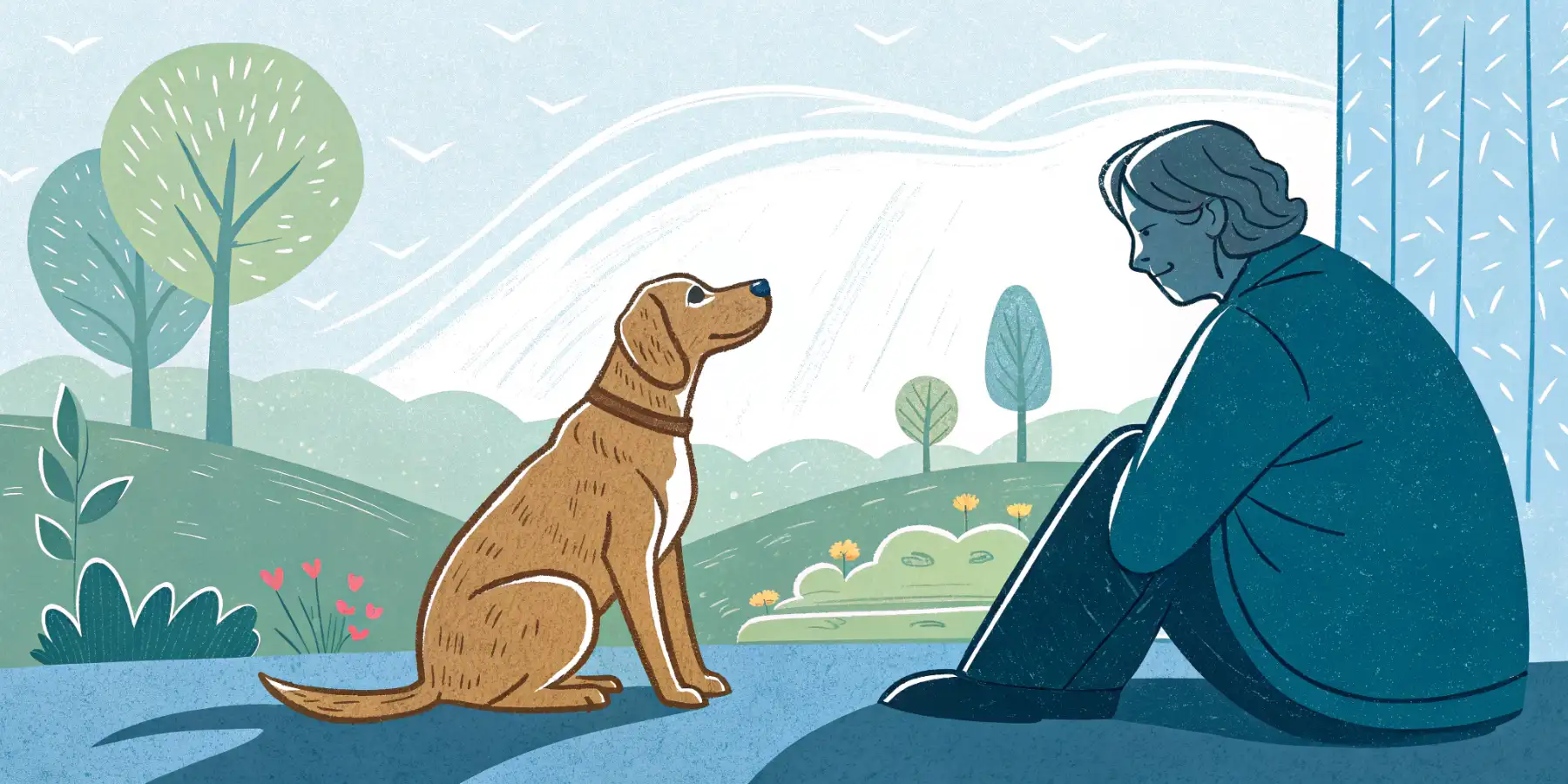
Dog Training: Sharpen Your Pup's Mind!
Sharpen your pup's mind! Advanced **dog training** tips & fun mental games to beat boredom & boost your dog's happiness. Learn more!
Advanced Training & Mental Stimulation: Keeping Your Dog’s Mind Sharp
We all love our furry friends, and we want them to live long, happy, and fulfilling lives. Beyond the basics of food, shelter, and cuddles, a crucial ingredient to a dog’s well-being is mental stimulation. A bored dog, no matter how loved, can become destructive, anxious, or just plain sad. Think of their brains like muscles – they need regular exercise to stay strong and healthy. This blog post dives into advanced training techniques and mental enrichment ideas to keep your dog’s mind sharp and prevent behavioral problems caused by boredom.
Think about it: a herding breed cooped up in an apartment all day is naturally going to find something to herd – perhaps your throw pillows! Understanding your dog’s breed tendencies and individual needs is key to providing adequate mental stimulation.
 A happy Border Collie proudly displays his “sit pretty” trick, showcasing the rewards of mental stimulation through advanced training.
A happy Border Collie proudly displays his “sit pretty” trick, showcasing the rewards of mental stimulation through advanced training.
Beyond Sit and Stay: Exploring Advanced Training
Once your dog has mastered basic obedience commands, it’s time to level up their training! Advanced training isn’t just about showing off impressive tricks – it’s about strengthening the bond between you and your dog, boosting their confidence, and giving them a job to do.
Here are a few avenues to explore:
-
Trick Training: Teaching your dog tricks like “play dead,” “shake,” or “roll over” is a fantastic way to engage their minds. It encourages problem-solving and coordination. Plus, it’s just plain fun! Use positive reinforcement, like high-value treats and enthusiastic praise, to motivate your dog. Remember to keep training sessions short and sweet to avoid frustration.
-
Agility Training: Agility is a fast-paced sport that involves navigating an obstacle course. It’s an excellent way to burn energy, improve coordination, and strengthen your dog’s recall. You can start with basic agility exercises at home using household items or enroll in a formal agility class. Learning agility training techniques can be incredibly rewarding for both you and your dog!
-
Scent Work: Dogs have an incredible sense of smell, and scent work allows them to put their noses to work. You can start by hiding treats or toys around the house and having your dog find them. As they progress, you can introduce more complex scent work exercises, such as finding a specific scent among many others. This is particularly beneficial for breeds like Bloodhounds and Beagles, but any dog can enjoy and benefit from it. I’ve seen shy dogs come completely out of their shell with scent work, gaining confidence with every successful find.
-
Canine Good Citizen (CGC) Training: This program focuses on teaching dogs good manners and responsible pet ownership. Passing the CGC test demonstrates that your dog is well-behaved and a valuable member of the community. It’s a great option for dogs who may be anxious or reactive in certain situations, as it helps them develop better self-control. Plus, it looks great on a dog’s resume!
 A Belgian Malinois expertly navigates an agility course, demonstrating the physical and mental benefits of this engaging activity.
A Belgian Malinois expertly navigates an agility course, demonstrating the physical and mental benefits of this engaging activity.
Mental Enrichment: Keeping Boredom at Bay
Training sessions are great, but what about the rest of the day? Mental enrichment activities provide ongoing stimulation and prevent boredom.
Here are some ideas:
-
Puzzle Toys: Puzzle toys are designed to challenge your dog’s problem-solving skills. They come in various forms, from simple treat-dispensing toys to complex puzzles that require multiple steps to solve. Using interactive dog puzzle toys is a fantastic way to keep your dog entertained and mentally stimulated, especially when you’re not able to directly interact with them.
-
Food Dispensing Toys: Instead of feeding your dog from a bowl, try using a food dispensing toy. These toys require your dog to work for their food, which slows down their eating and provides mental stimulation. Kong toys filled with frozen peanut butter or yogurt are a classic example.
-
Rotation of Toys: Just like us, dogs can get bored with the same old toys. Keep your dog’s toy collection fresh by rotating toys regularly. This will make each toy seem new and exciting again.
-
Chew Toys: Chewing is a natural behavior for dogs, and providing appropriate chew toys can help satisfy this urge. Choose durable chew toys that are safe for your dog to chew on. Rawhide alternatives are a good option for dogs who love to chew but are prone to digestive upset.
-
Snuffle Mats: A snuffle mat is a fabric mat with lots of hidden pockets and crevices where you can hide treats. Your dog has to use their nose to sniff out the treats, which provides mental stimulation and slows down their eating.
-
Environmental Enrichment: Changing your dog’s environment can also provide mental stimulation. Take them for walks in new places, let them explore different smells, and introduce them to new sights and sounds. Even something as simple as rearranging the furniture can provide a new perspective for your dog. Adding variety to your dog’s daily routine is crucial for their mental well-being.
 A golden retriever happily snuffles for treats hidden within a colorful snuffle mat, engaging his sense of smell and providing mental enrichment.
A golden retriever happily snuffles for treats hidden within a colorful snuffle mat, engaging his sense of smell and providing mental enrichment.
Considering Your Dog’s Breed and Personality
It’s important to remember that every dog is an individual, and what works for one dog may not work for another. Consider your dog’s breed, personality, and energy level when choosing training methods and enrichment activities. A high-energy Border Collie will likely need more mental stimulation than a laid-back Bulldog.
In my experience, even older dogs can learn new tricks and benefit from mental stimulation. Don’t assume that your senior dog is “too old” to learn. Just adjust the training methods and activities to suit their physical abilities and energy levels. For example, low-impact scent work can be a great option for older dogs with arthritis.
A Word of Caution
While mental stimulation is essential, it’s also important to avoid overstimulation. Watch your dog’s body language for signs of stress, such as panting, yawning, lip licking, or whale eye (showing the whites of their eyes). If you notice these signs, take a break and let your dog relax.
Conclusion
Keeping your dog’s mind sharp is just as important as keeping their body healthy. By incorporating advanced training techniques and mental enrichment activities into your dog’s daily routine, you can help them live a happier, healthier, and more fulfilling life. Remember to tailor your approach to your dog’s individual needs and preferences, and most importantly, have fun! After all, the bond you share with your furry friend is the greatest reward of all.
 A happy dog and owner share a joyful moment, highlighting the strengthened bond that comes from engaging in advanced training and mental stimulation together.
A happy dog and owner share a joyful moment, highlighting the strengthened bond that comes from engaging in advanced training and mental stimulation together.


